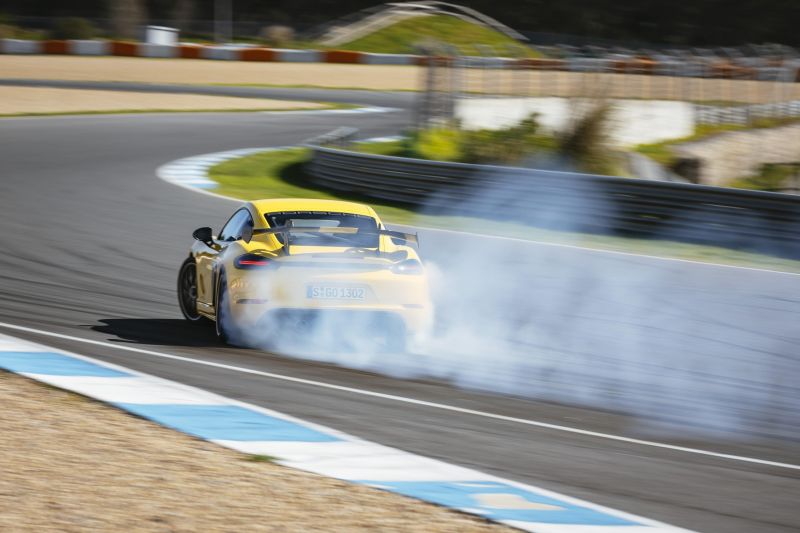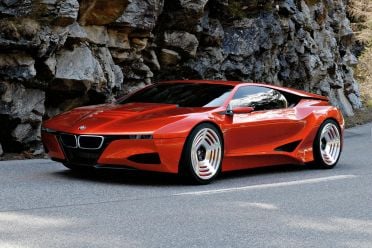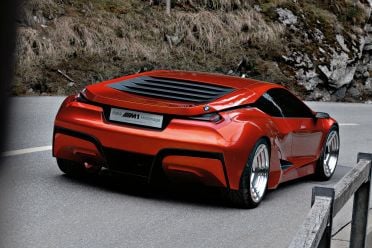OPINION: It’s no secret the old-fashioned internal-combustion – that’s petrol or diesel, to you and me – engine is on the way out the door.
At some point between now and 2040 it’s likely most of the world’s major markets will legislate to ban the sale of ICE cars, and carmakers have already started announcing their plans to end production of their petrol and diesel models as tightening emissions standards take hold.
Before we consign petrol and diesel cars to the scrapyard in the sky, they deserve a proper send-off. I’m not talking about all ICE cars, because the sooner most coarse, underpowered econoboxes are powered by smooth-moving electric motors the better. I’m talking about the really special stuff.
The death of internal-combustion means the end of screaming V10, muscular V8, and buttery-smooth inline-six engines. It means the death of the sounds and sensations enthusiasts have always craved.
It also means the century-long development arc of the internal-combustion engine is coming to an end. It might as well end on a high.
What I’m proposing is pretty simple, but it requires buy in from both regulators and carmakers.
On the regulation side, the European Union needs to create a hall pass for a small number (call it 100) of very special cars from each manufacturer, essentially exempting them from emissions and drive-by noise rules.
After all, it’s tight fleet emissions caps and the threat of fines for failing to meet them that’s turning carmakers off old-fashioned petrol supercars with screaming engines. Remove them from the cap, and all of a sudden manufacturers can properly let their engineers loose.
Obviously, carmakers will need to get on board as well – but that should be easier.
These will be the special editions representing the apex of internal-combustion-powered personal transport, so the huge crowd of car collectors who hungrily snap up one-off Ferrari and Lamborghini commissions will be willing to pay whatever it takes to get their hands on one.
The beancounters in head office shouldn’t have a problem paying to build 100 thirsty, noisy supercars if the sticker price of each can completely cover the development cost… and then some.
As for what the cars will look like? That’s down to how crazy the engineers and development bosses want to be.
In an ideal world, each brand would take what it’s best known for and build on it.
Imagine the ultimate Lamborghini naturally-aspirated V12 engine, one totally unencumbered by noise or emissions regulations, wrapped in a body wilder than even the brand’s craziest concept cars.
Or a modern BMW M1, with power from a high-revving inline-six that calls to mind the legendary E46 M3 CSL and a body inspired by the tragically ignored M1 Hommage from 2008.
Lexus could use it as a chance to recoup the costs from the famously expensive LFA’s tortured development, by slotting a massaged version of its V10 into its farewell supercar. And don’t even get me started on how good a Mercedes-AMG farewell special would sound with a no-holds barred version of the now-defunct 6.2-litre V8 engine.
I know most of these cars will likely never see the public road, nor will they pass into the hands of anyone but the wealthiest, but the distribution of automotive wealth has never been particularly fair.
At least this way we can enjoy them from afar, and sleep soundly knowing petrol supercars as we know them didn’t go quietly into the night.
What does your ideal ‘Last Drinks’ supercar look like?

















